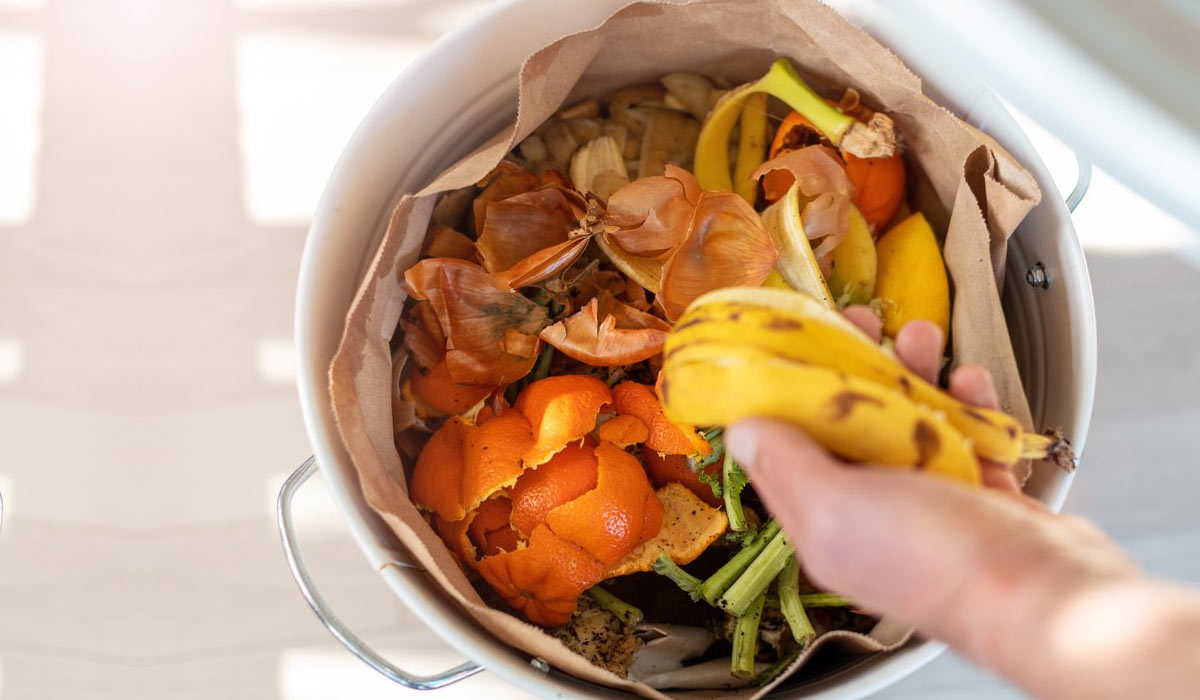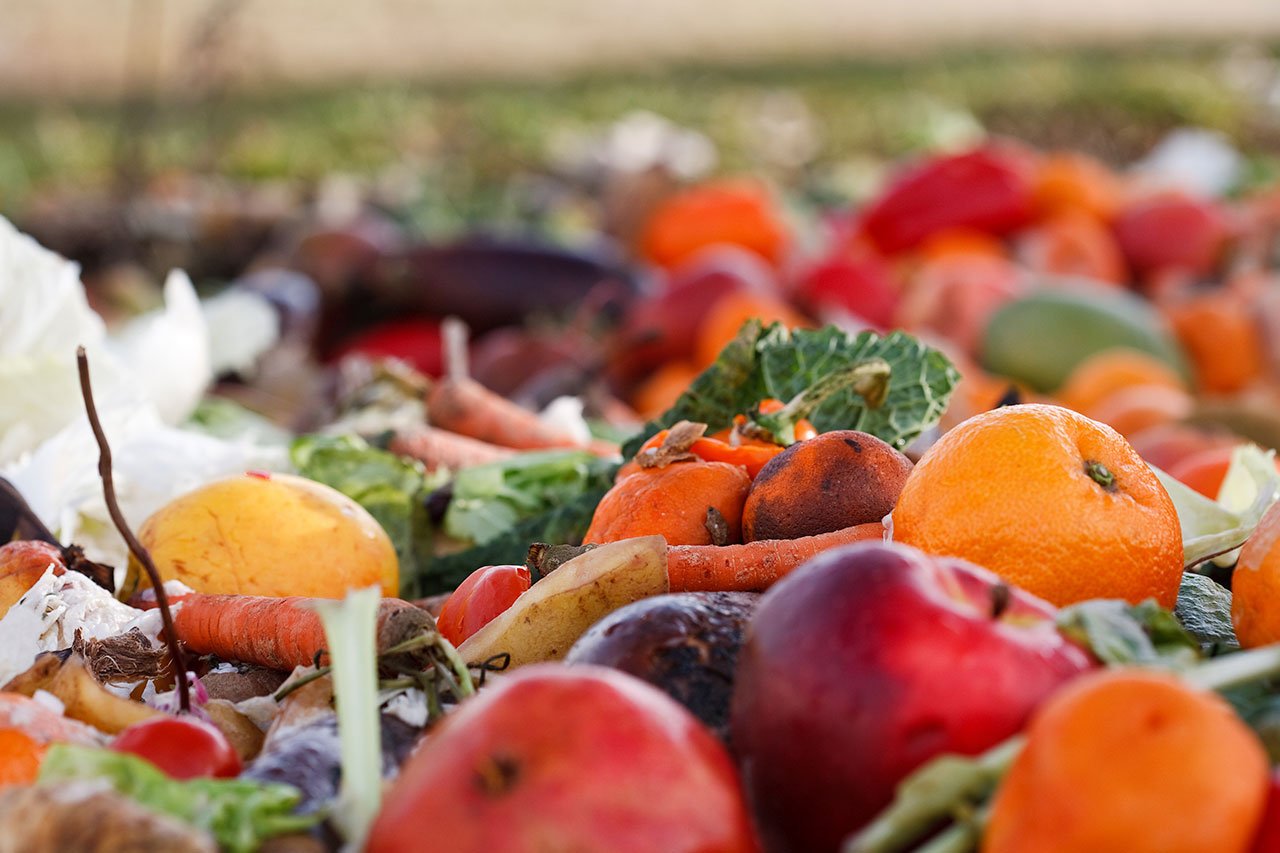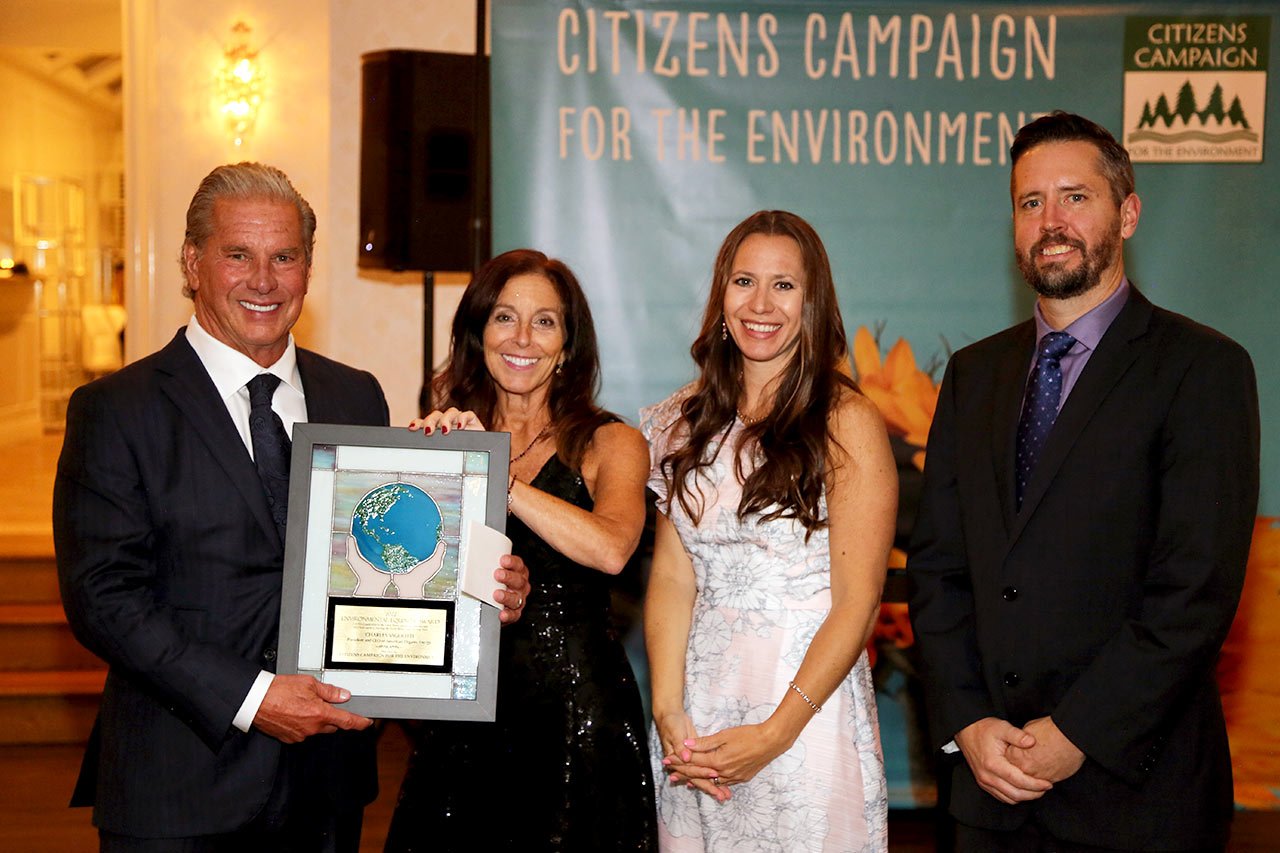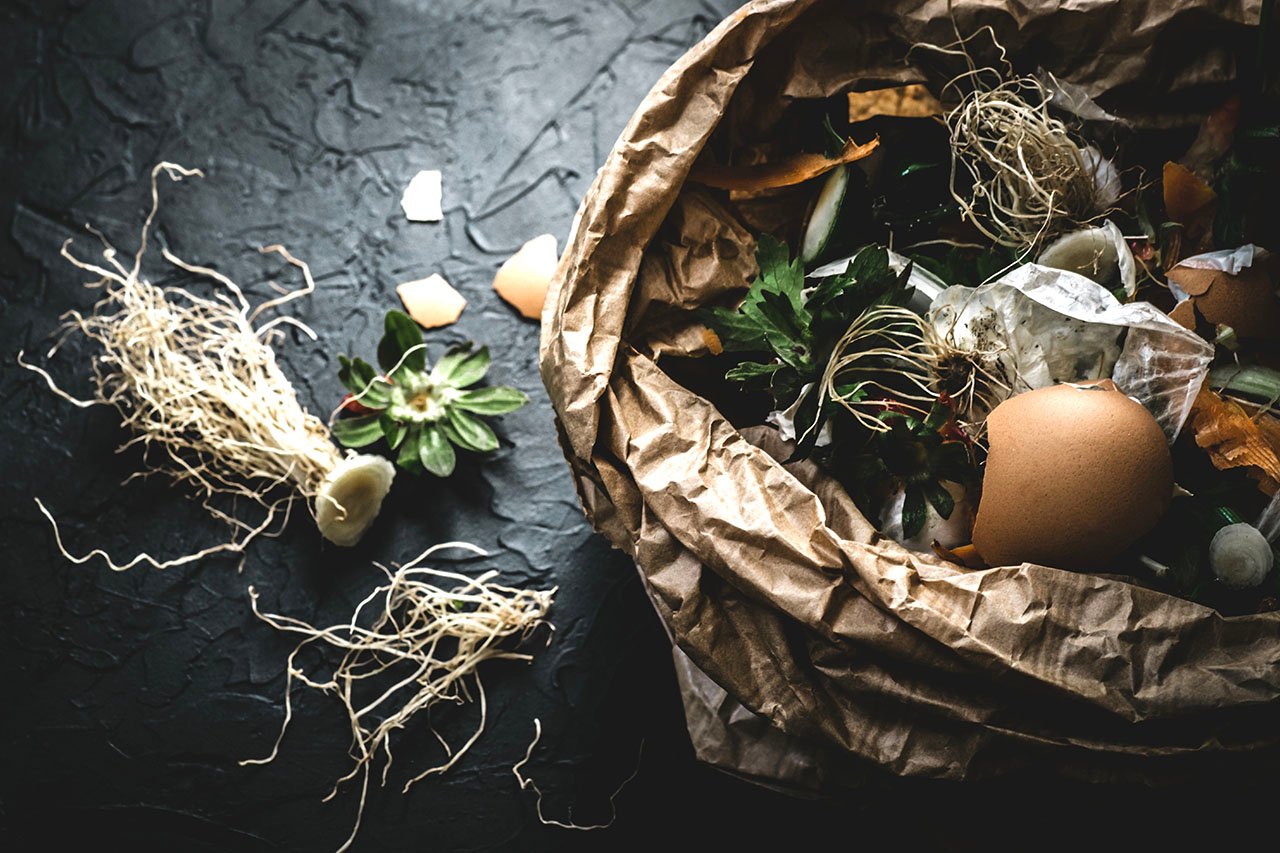Much has been written on the topic of food waste, specifically, the staggering notion that uneaten food accounts for 3.3 billion tons of greenhouse gases worldwide, according to the Food and Agriculture Organization (FAO) of the United Nations. While the number itself may be the oft-quoted headline, it’s important to take a deeper dive into the components comprising such a figure.
While about 43% of waste occurs at the consumer level, the remaining 57% can be attributed to the corporate tier, an indication of our collective weakness as a society as it pertains to everything from production and harvesting to distribution and storage, and ultimately, purchasing habits and consumption.
At the outset, economic fluctuations can lead to food remaining unharvested, as prices fall below the cost it would take to adequately market them, leading to wasted natural resources and labor. Many restaurants and supermarkets are prone to reject food that doesn’t meet their “Grade A” standards of excellence when it comes to appearance or quality. Inventory that does make it through is then subject to consumer demand, an inexact science which has failed to adequately keep pace in recent years, leading to substantial excess.
Understanding Food Waste Numbers Is the First Step to Reduction
While no one faction can unilaterally resolve this widespread issue, small reductions in food waste can be made through a collection of individual initiatives and coordinated efforts.
To start, a baseline understanding of the numbers is imperative. This has increased throughout the last year due to increased collaboration among retailers, wholesalers, growers and shippers, necessitated by the unique circumstances created by the novel coronavirus (COVID-19) pandemic. It brought attention to the need for wide-scale improvements to cold chain maintenance, supply and demand forecasting, and the lack of contingency plans currently in place should these measures fail.
Fresh produce is a sensitive product, one which, by its very nature, begins to degrade at harvest. Adequate protection is essential to maximize shelf life and usability, particularly when it comes to temperature and humidity management. Long distance transport and transfer can have a substantial effect; at a minimum any disruptions can harm a product's appearance, taste, or shelf life.
While certain items may not meet the standards of more selective retail outlets and restaurants, alternate sales channels may be pursued. Donation is a viable option, as are those partners willing to accept slightly damaged produce. Even those with a shorter shelf life can easily be repurposed as salad bar and deli items, or sold at a discount so as not to be discarded completely.
At least 25 corporations—including restaurants, food manufacturers, hotel chains, and food management companies—have committed to cutting food loss in half by 2030 through prevention, recovery, and recycling. This combination of efforts to feed those less fortunate, coupled with the environmental wins to be gained from minimizing product waste, should serve as strong motivating factors in banding together to combat this global issue.
New Technology Contributes to Clean Energy Creation
Regardless of the efforts made, the fact remains that there will always be food waste to contend with. The question of how to manage it is one the agricultural industry has been exploring for a number of years, through its investment in anaerobic digestion technology as a means of meeting sustainability goals and producing organic energy.
With a common mission of generating the highest possible energy yield from discarded materials, key players including farmers, ranchers, growers and food processing plants have signed on nationwide in an effort to mitigate the long-term damage created by traditional food waste disposal. Companies such as Perdue Farms and Smithfield Foods have entered into respective partnerships with local businesses to this end, paving the way for others to do the same.
Through this cutting-edge process of anaerobic digestion, resources such as organic soil amendments, designed to improve quality, increase water retention and improve runoff; clean water, to be used in irrigation applications; and natural gas, to be incorporated into the regional gas network; can be funneled to surrounding communities, thereby giving back rather than taking from the environment.
Significant urban development projects are coming to fruition in 2021, as American Organic Energy looks to break ground on its much-anticipated anaerobic digester, with the goal of helping the region approach net-zero waste in the coming decades, contributing to the environmental improvement of the New York metropolitan area and beyond.








